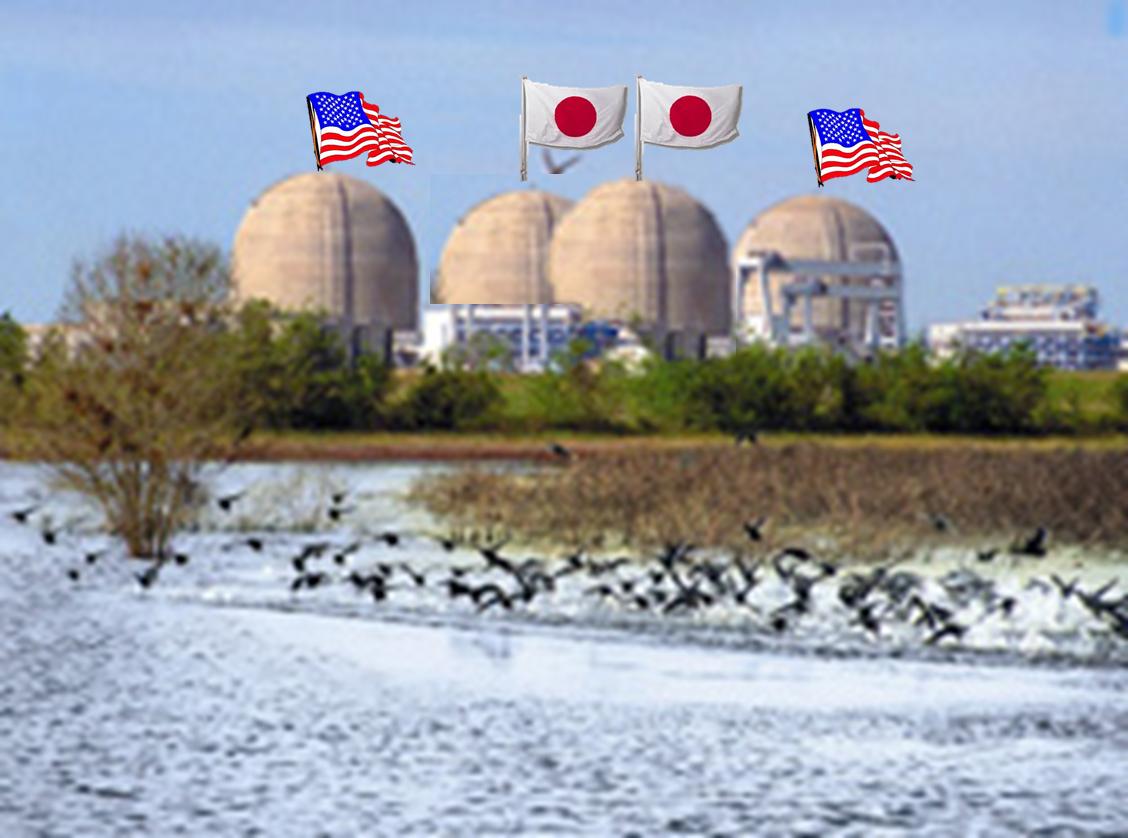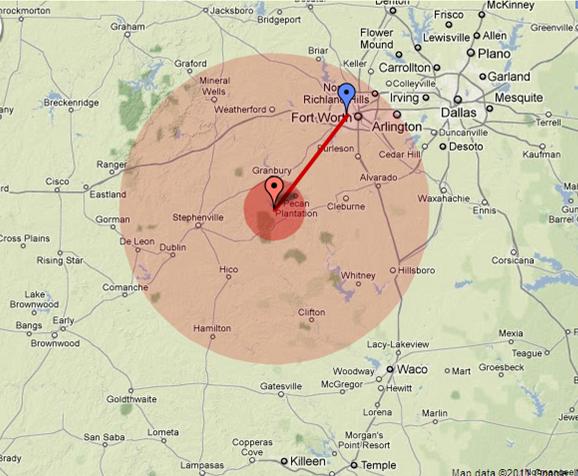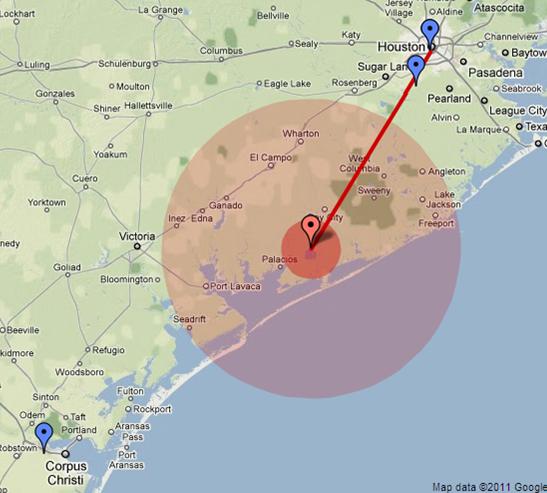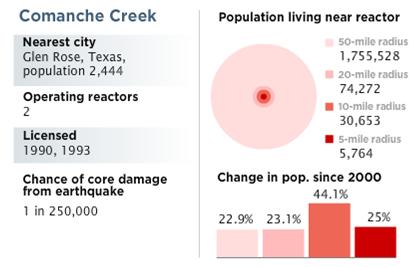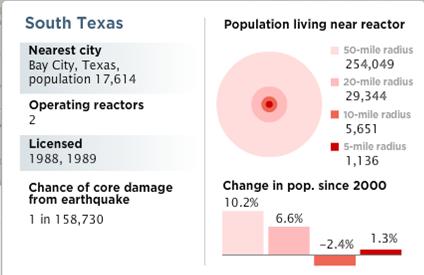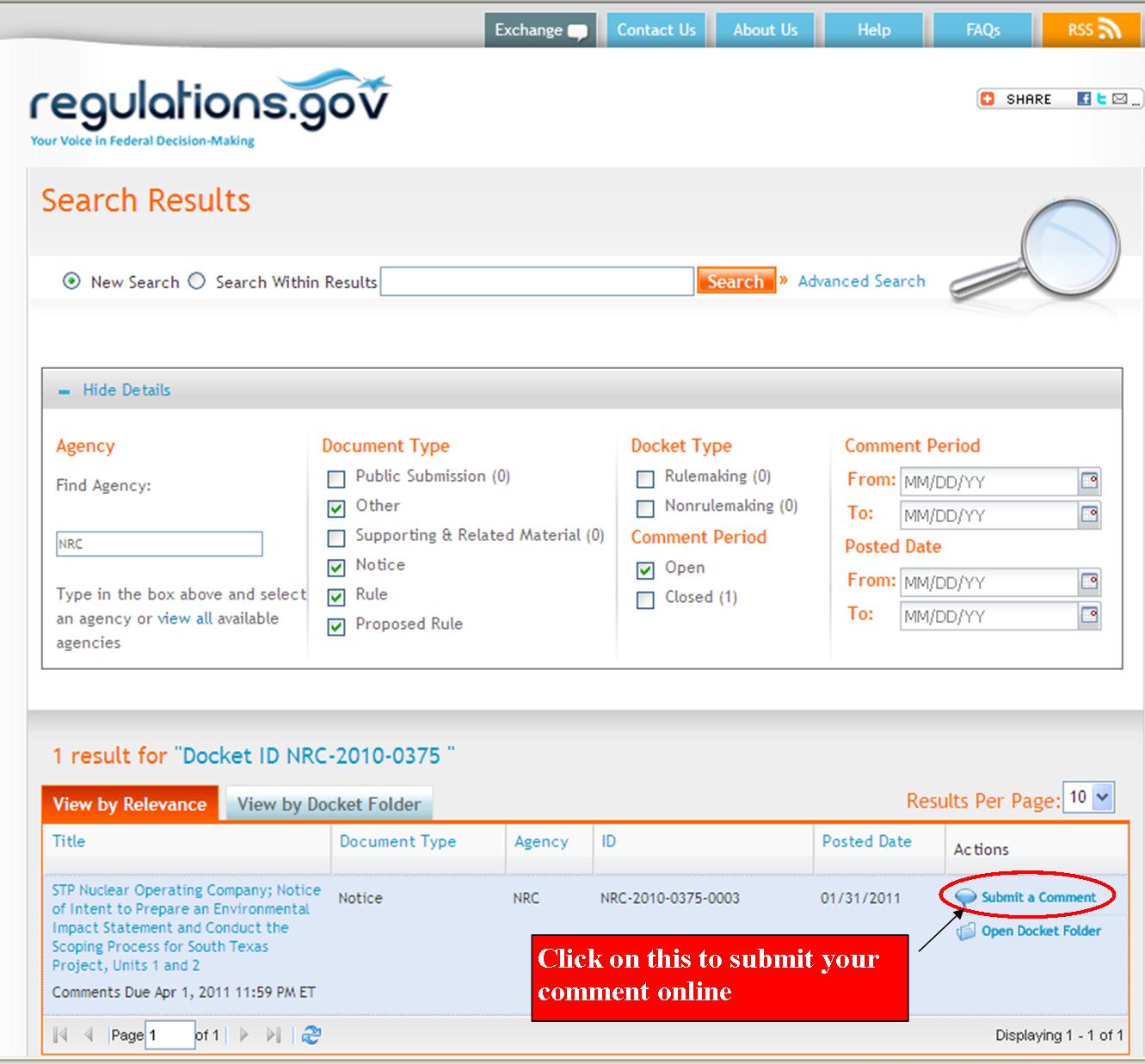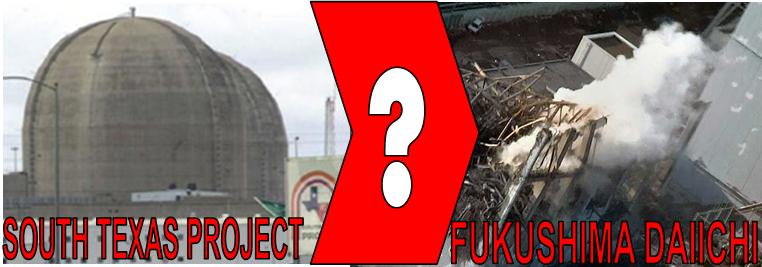Earlier today, Southern California Edison (SCE) announced that they will retire Units 2 and 3 of the San Onofre Nuclear Generating Station (SONGS), essentially closing the troubled nuclear power plant which is located between San Diego and Los Angeles.
SONGS, which has been in operation for 45 years, may be a harbinger for the future of our aging nuclear fleet, many of which are near the end their original license period and are applying for extensions.
- Unit 1 began commercial operation on January 1, 1968 and ceased operation on November 30, 1992. Since then it has been dismantled and is used as a storage site for spent fuel for Units 2 and 3,
- Units 2 and 3 were both licensed in 1982 and by license amendments in March, 2000 are currently licensed until 2022. However, unit 3 has been shut down since the detection of a leak in one of the steam generator tubes on January 31 and Unit 2 is off line, for routine inspections which found that design flaws appeared to be the cause of excessive wear in tubing that carries radioactive water at San Onofre.
SCE cited continuing questions about when or if the remaining SONGS units might return to service as the cause for their decision, concluding that the uncertainty was not good for customers or investors.
In a statement Friday, California Public Utility Commission’s President Michael R. Peevey called the decision “understandable,” and that the closure of the nuclear power generating station “will require even greater emphasis on energy efficiency and demand response programs.” Utility companies will also need to add transmission upgrade and find new generation resources.
Concerns in Texas
In Texas, both nuclear plants (Comanche Peak outside of Fort Worth, and South Texas Nuclear Generating Station (STP), between Houston and Corpus Christi on the Texas Gulf Coast) are nearing the end of their life expectancies as reflected in their original licenses which are due to expire in 2027 and 2028, and have filed for a license extension. STNP’s unit two has experienced nine months of outage during 2 prolonged shutdowns in 2 years. The second outage was triggered by a fire that occurred only days before the public hearing on the license extension application.
Environmentalists expressed concerns about the plant’s ability to operate safely beyond the original life expectancy of the plant.
“Relicensing should be halted while a serious, in-depth examination occurs,” said Karen Hadden, executive director of the Austin-based SEED coalition, which advocates for sustainable energy, and member of the Austin Electric Utility Commission (Austin Energy owns 16% of STP Units 1 and 2). “I think it’s becoming increasingly unreliable, and it’s costing us money to fix it.” She noted that it was difficult to get information about the plant’s problems and she expressed concern that these aging plants will experience problems more often and of greater threat to the safety of the plant and the surrounding communities.
